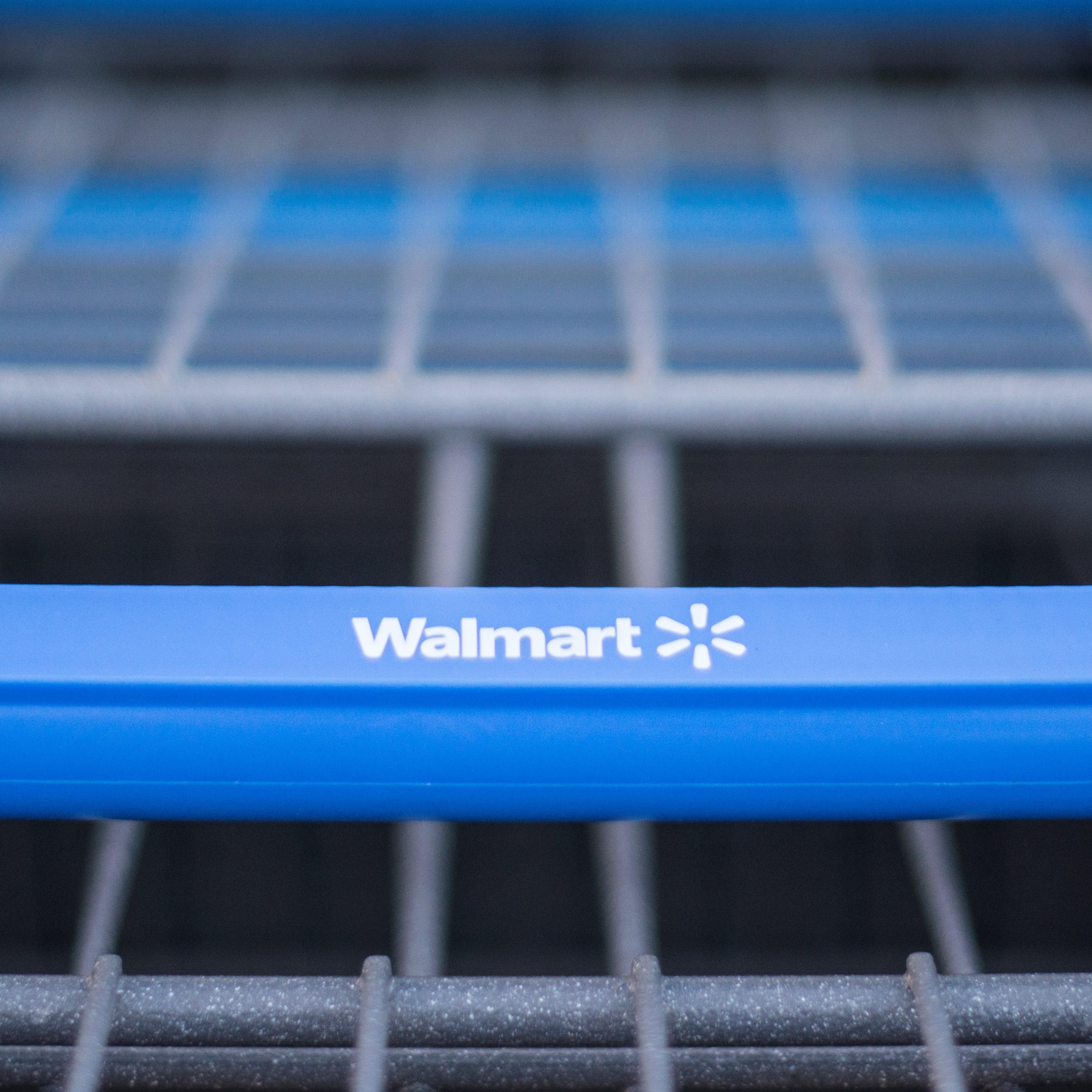
One often-cited reason for the rash of e-commerce acquisitions by Wal-Mart Stores Inc. (NYSE: WMT) is that sites like Jet.com, Bonobos, Hayneedle, Moosejaw and Modcloth give the retail giant a way to target more well-heeled consumers than does the low-price patina associated with Walmart and Walmart.com. There could be another reason as well.
Basically, traffic to Walmart websites picks up with each e-commerce site added, making each of those sites a potential platform for advertising. And not solely for the store’s own brands.
Walmart runs its own ad network called Walmart Exchange that offers both a platform for traditional insertion orders placed by ad agencies and a programmatic display function similar to that offered by many tech-based firms, including Google, Facebook and — quelle horreur! — Amazon.com Inc. (NASDAQ: AMZN).
Amazon’s third-party ad sales amounted to around $500 million in 2016, according to research firm eMarketer. A proverbial drop in the bucket compared to Google’s $79 billion and Facebook’s $27 billion in 2016 advertising sales.
But the good news for Walmart is that it can’t be too far behind, and it could catch and even pass Amazon in ad sales on its various sites. What’s even better is that advertising margins can be as much as six times higher than typical retail margins of 5% or less.
What makes Walmart think it can compete in the ad business? Ad agency Mirium’s chief marketing officer John Baker told Digiday:
Brands are interested in retail media because retailers know when people have intent to purchase something. That data is hugely valuable and enables advertisers to stand out from their competitors in e-commerce.
A Walmart retail customer with a household income of, say, $50,000 who buys a pair of shoes at Walmart or one of its websites is not likely to respond to ads for more shoes within the next few months. How many times have you made an online purchase only to be served ads for the next few weeks trying to sell you the same item or one just like it?
Using its in-store sales data to target advertising for brands and manufacturers, Walmart follows the Amazon pattern of buying ad inventory through its exchange from other publishers and then reselling it to advertisers. Senior Forrester Research analyst Susan Bidel explains:
In-store data is Walmart’s secret sauce. Amazon is Walmart’s biggest competitor, and it owns tremendous data. But Amazon lacks in-store data — the vast majority of commerce still takes place at brick-and-mortar stores today.
Amazon may have nothing to fear from Walmart — yet — and both retailers are light years behind either Google or Facebook. But both retailers also have the capability to offer significantly more sophisticated targeting to advertisers than do either the world’s leading search engine or the world’s biggest social media site.
In 20 Years, I Haven’t Seen A Cash Back Card This Good
After two decades of reviewing financial products I haven’t seen anything like this. Credit card companies are at war, handing out free rewards and benefits to win the best customers.
A good cash back card can be worth thousands of dollars a year in free money, not to mention other perks like travel, insurance, and access to fancy lounges.
Our top pick today pays up to 5% cash back, a $200 bonus on top, and $0 annual fee. Click here to apply before they stop offering rewards this generous.
Flywheel Publishing has partnered with CardRatings for our coverage of credit card products. Flywheel Publishing and CardRatings may receive a commission from card issuers.
Thank you for reading! Have some feedback for us?
Contact the 24/7 Wall St. editorial team.




